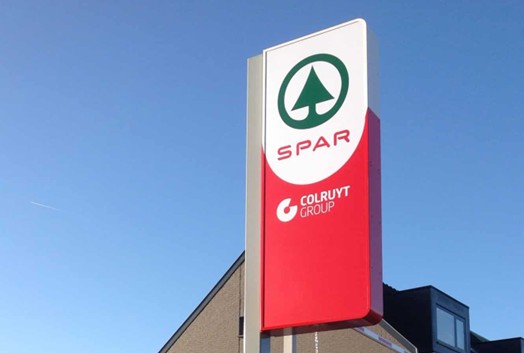The pitfalls of a shared name
1. Lack of clarity in brand architecture
Wanneer groep en hoofdmerk dezelfde naam dragen, kan de merkarchitectuur minder duidelijk zijn. Zowel intern als extern wordt het moeilijker om onderscheid te maken tussen de verschillende merken, en hun specifieke rollen.
Bovendien rijst de vraag hoe de hiërarchie tussen het hoofdmerk en de andere merken binnen de groep precies ligt: staat het hoofdmerk ook formeel boven de rest? En hoe breng je die verhouding duidelijk over naar de buitenwereld zonder verwarring te creëren? Zonder expliciete merkhiërarchie ontstaat het risico op inconsistentie in positionering en zodus verwarring.
Wat gebeurt er vervolgens als de groep een nog sterker merk overneemt? Verandert de naam van de groep dan naar dit nieuwe merk, of wordt een nieuwe naam gecreëerd?
2. Focus on the main brand, less space for the rest
When the group shares its name with the main brand, there is a risk that other brands receive less attention and visibility. Internally and externally, focus naturally shifts toward the most well-known name, possibly leaving other brands underexposed.
Arvesta mitigated this risk by deliberately moving away from the name Aveve Group and creating a new group identity. Under Remarkable’s guidance, the name Arvesta was chosen as a neutral umbrella name. This gave the broader brand portfolio — active in agriculture, food and retail — renewed visibility alongside the well-known consumer brand Aveve.
The name Arvesta also evokes associations with quality, agricultural expertise and strategic investment potential, without being too narrowly tied to any one activity. As such, it works well as a unifying group brand for a diverse set of businesses.



